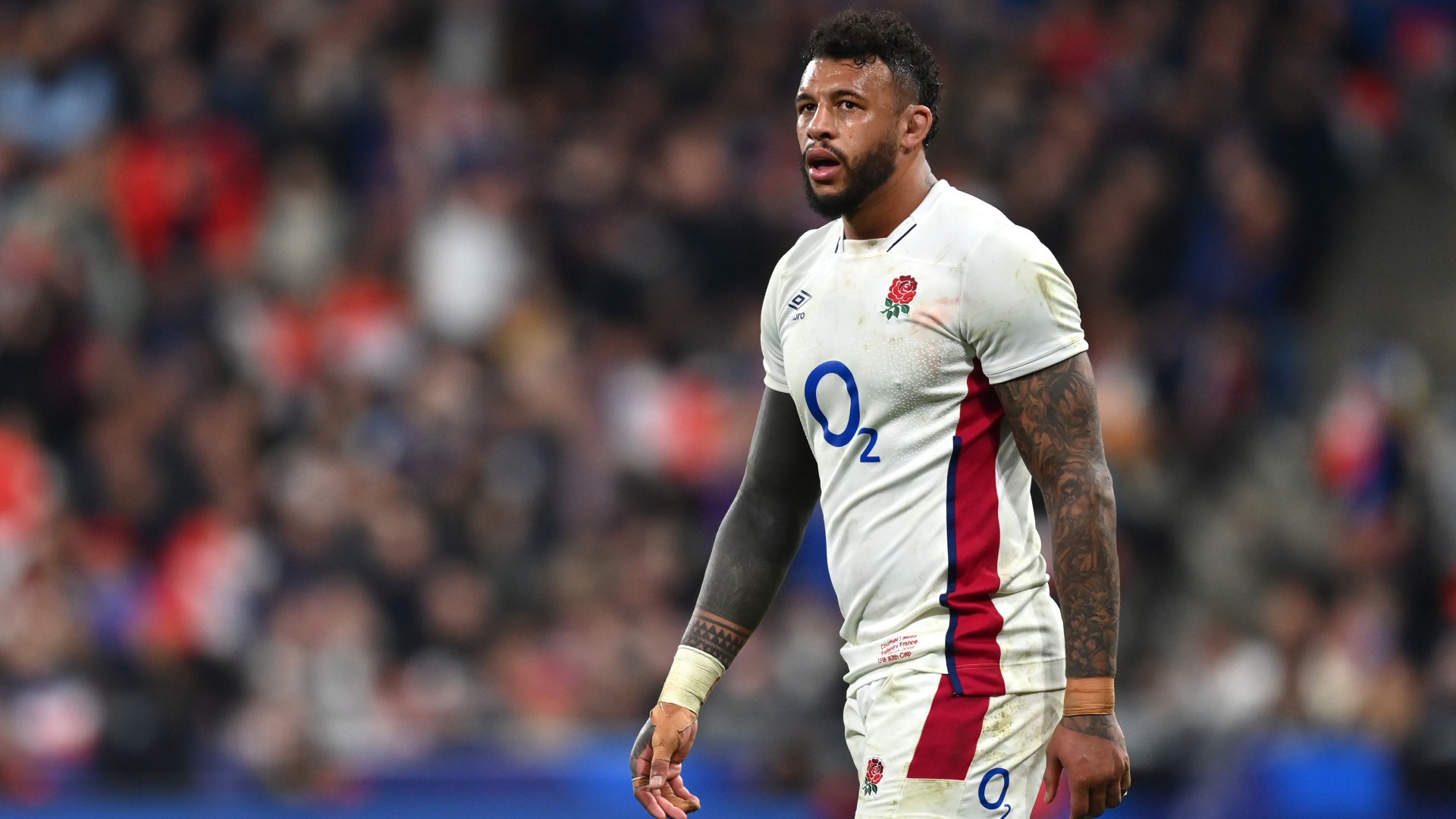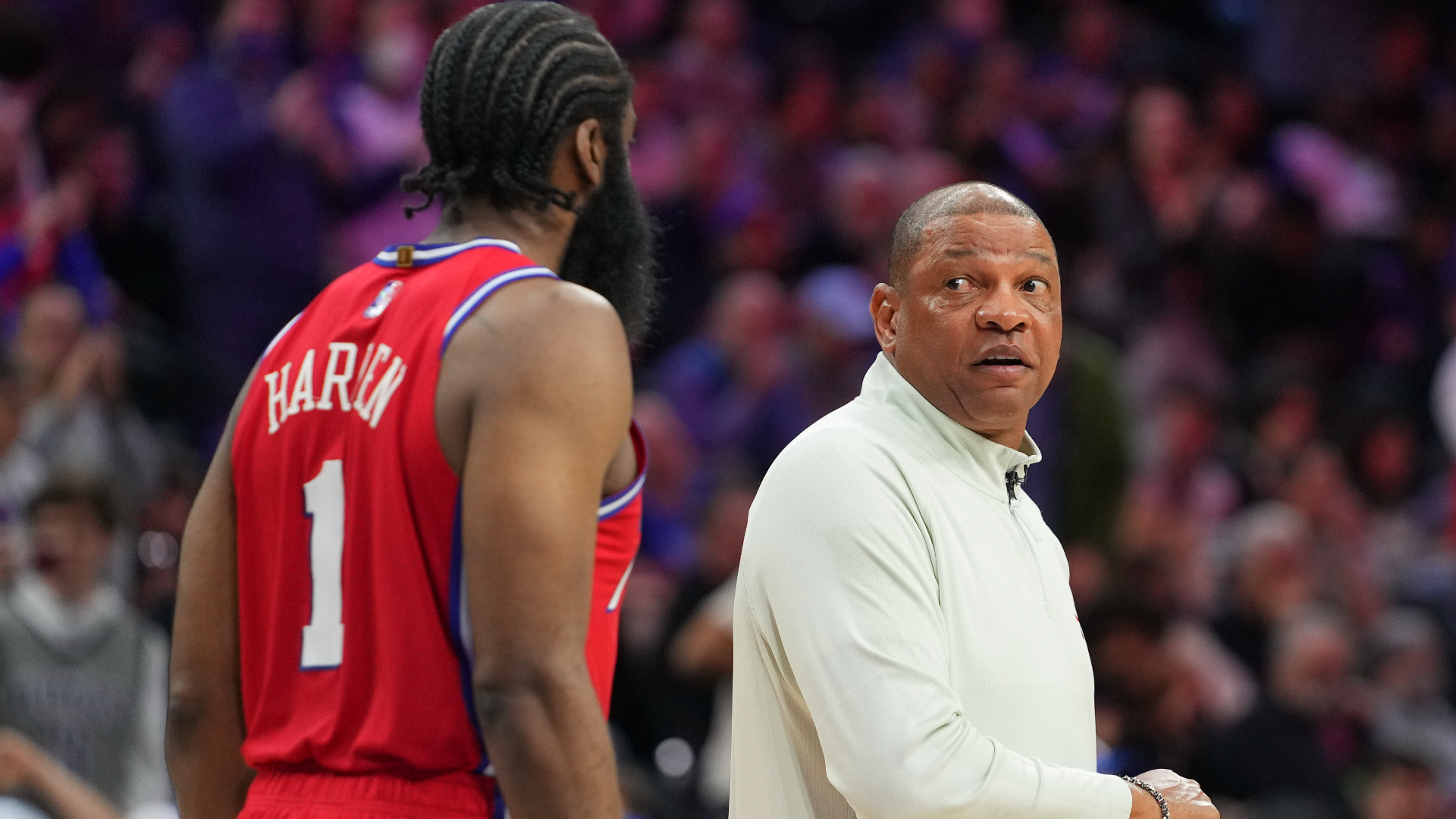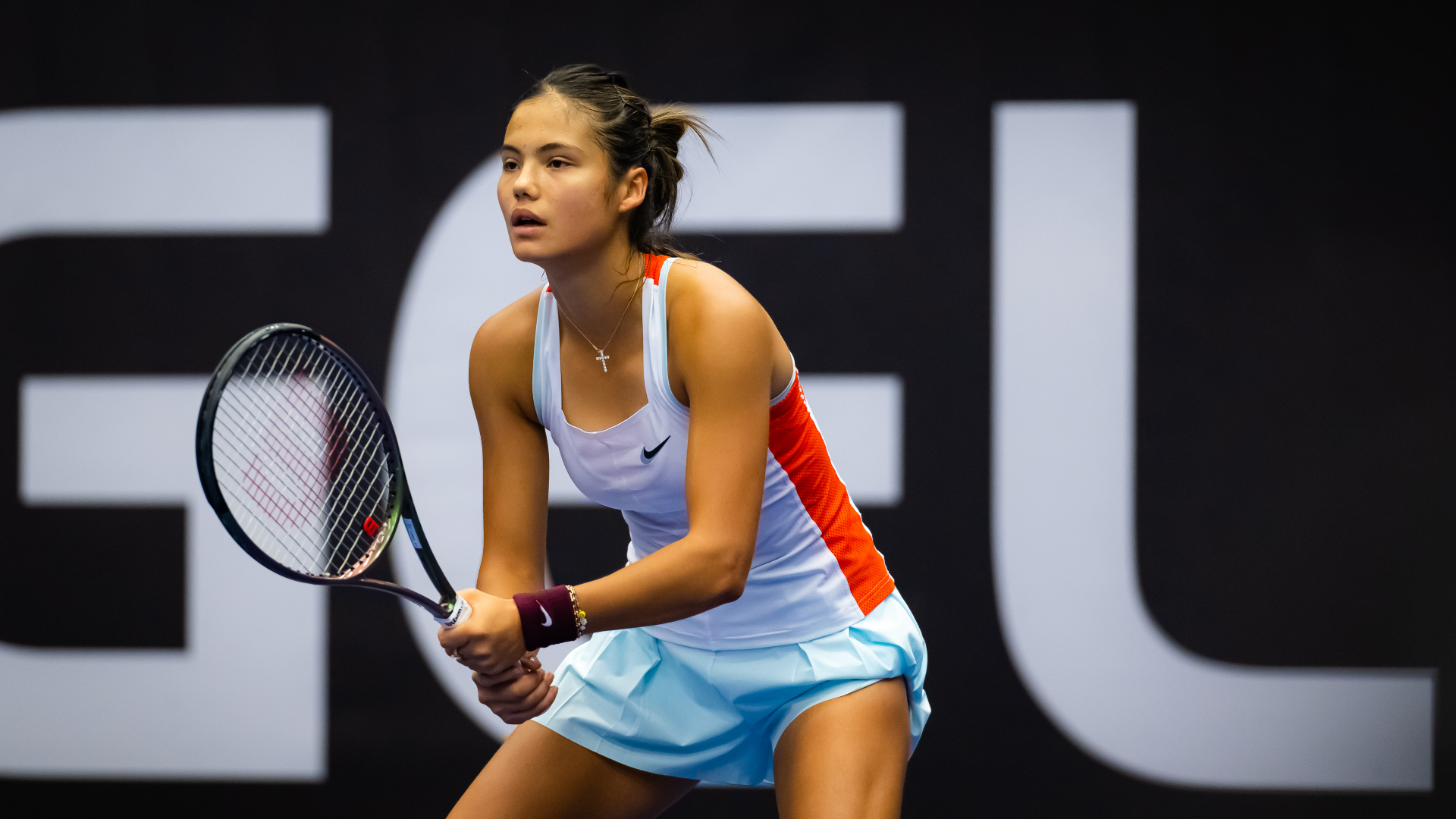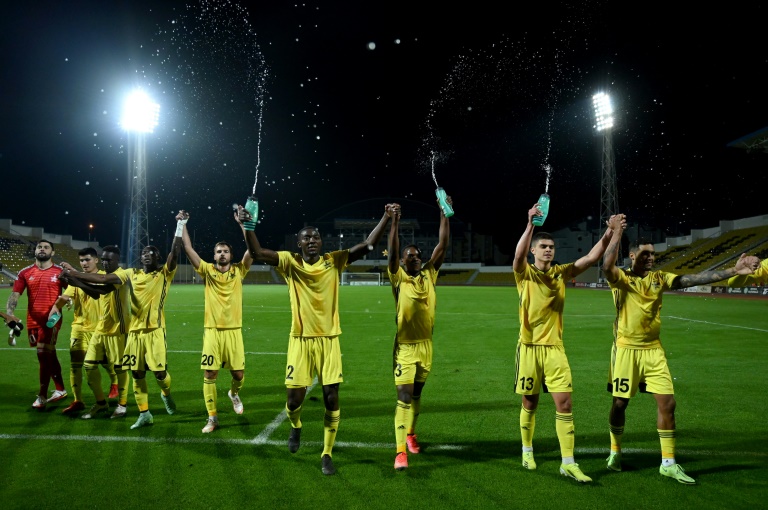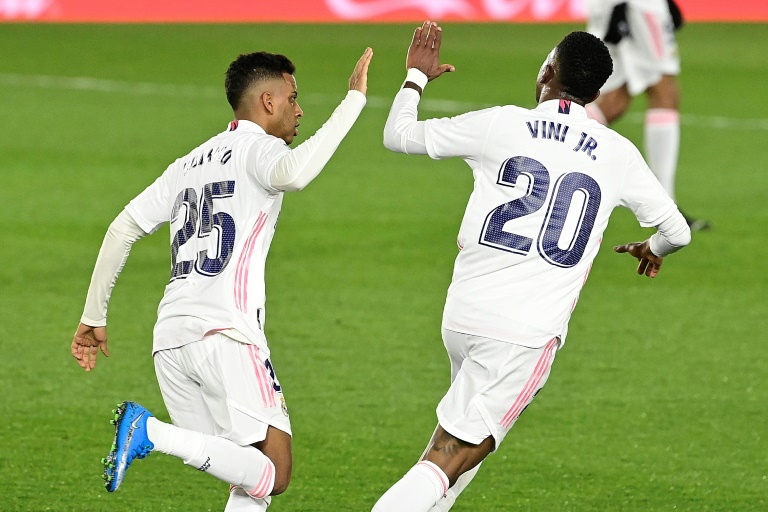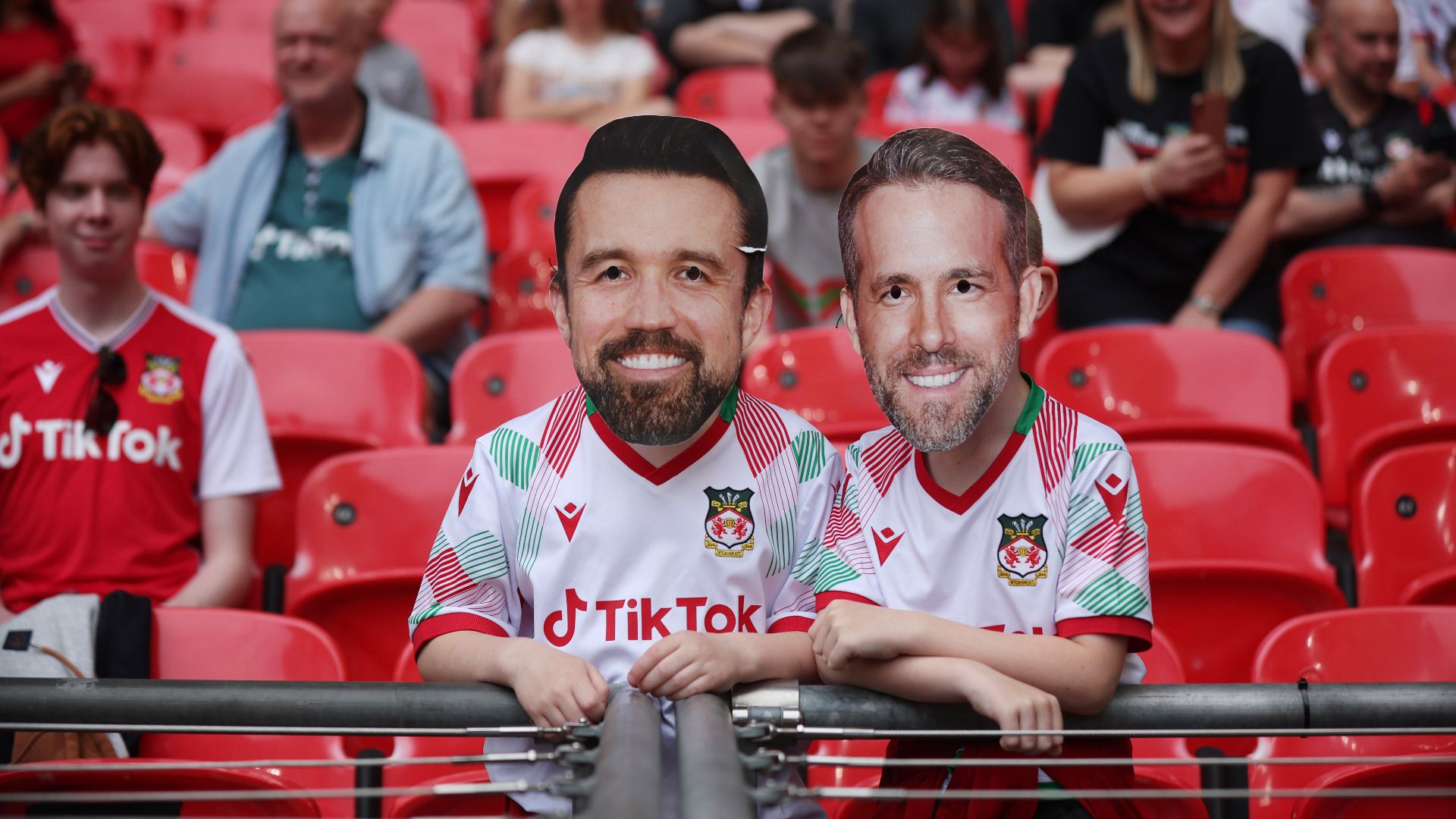
Hollywood duo Ryan Reynolds and Rob McElhenney have been making waves in football since buying Wrexham in February 2021.
Reynolds, known for his work in numerous hit films, and McElhenney, a producer, writer and actor on It’s Always Sunny in Philadelphia, are two of the most high-profile owners in football.
But what made them buy a club spending their 15th consecutive season in the National League and what are their plans for the future?
Ahead of their trip to Southend on Saturday, we take a closer look at the North Wales club’s whirlwind 18 months.
Why Wrexham?
The pair decided they wanted to buy a club after devouring numerous football documentaries during lockdown.
Amazon’s All or Nothing series and Netflix’s Sunderland Til’ I Die both inspired them to look at options.
Writer and actor Humphrey Ker was sent over to the United Kingdom to look at perspective clubs.
He told FourFourTwo: “This sounds a bit naff, but we also wanted to buy somewhere that deserves it.
“Wrexham needs a break, the fans need a break, and the same goes for the town.”
So rather than a more glamourous side higher up the pyramid, they chose the North Wales club with a passionate support, who just could not break back into the Football League.
Splashing the cash
The Dragons’ owners are keen to stress they are doing more for the club than just spending money to put the best side out.
And while that is undoubtedly true, the signings they have made on the pitch over the past 14 months have been eye-catching.
Paul Mullin fired Cambridge to promotion from League Two but opted for the Racecourse Ground over a shot at League One ahead of the 2021-22 campaign, while Cheltenham skipper Ben Tozer made a similar move.
Promotion was not forthcoming as they lost 5-4 to Grimsby in an incredible play-off semi-final, meaning they once again went out and spent this summer.
The marquee signing was that of Elliot Lee, who after being released from Championship side Luton turned down offers from much higher up the pyramid to sign a three-year deal.
Off the pitch
The biggest commitment that has been made off the pitch is the plan to redevelop the Racecourse’s Kop End.
A giant terrace at one end of the field, it has stood unused due to health and safety issues since 2008.
The club unveiled plans to build a 5,500 seater stand at that end of the ground in June, with the co-owners emphasising how important it was to increase the capacity from 10,771 to more than 16,000 after selling out numerous times last term.
They said: “Back in February 2021, when we first became custodians of the club, it was identified that reverting the Racecourse Ground to a four-sided stadium was a priority for us.
“The desire to achieve this objective has only been multiplied by the fact that the sold-out signs were a regular feature at the Racecourse Ground, and we want the club to be accessible to everyone, so the increased capacity is key to achieving this.”
The documentary
After being inspired to buy Wrexham by the documentaries they had watched, Rob and Ryan wasted no time bringing in the TV cameras.
They were there for every kick last season, including the astonishing, rollercoaster 5-4 defeat to Grimsby that ended their promotion hopes.
As is the case with other series, they also captured plenty of behind-the-scenes action and following Welcome to Wrexham’s release on August 24, they have gained plenty of international fans.
But how those fans can watch games is the next battlefield for the club, whose efforts to allow streams both in the UK and globally have failed so far.
It was an issue first raised in April 2021 but is yet to be granted, with a league board meeting on Thursday considering a proposal.
Wrexham’s statement in August said: “The ability to stream games would financially benefit all clubs and significantly enhance the profile of the League by providing the league’s executives the platform to market the competition, generating increased central revenue.”
The future
First and foremost, Reynolds and McElhenney are desperate for Wrexham to get out of non-league football.
With 11 ex-league sides and a whole host of ambitious smaller clubs vying for the one automatic promotion spot and six play-off slots, it is one of the hardest divisions to get out of in world football.
But once they reach League Two, the EFL will open up and the Dragons’ aims are ambitious.
Continuing to upgrade the ground, investing in the town and satisfying their growing global fanbase are all on the agenda.
Between 1978 and 1982 Wrexham spent four years in the second tier — it is a heady aim, but returning the Dragons there would not be the most unlikely script the Hollywood duo have followed.




